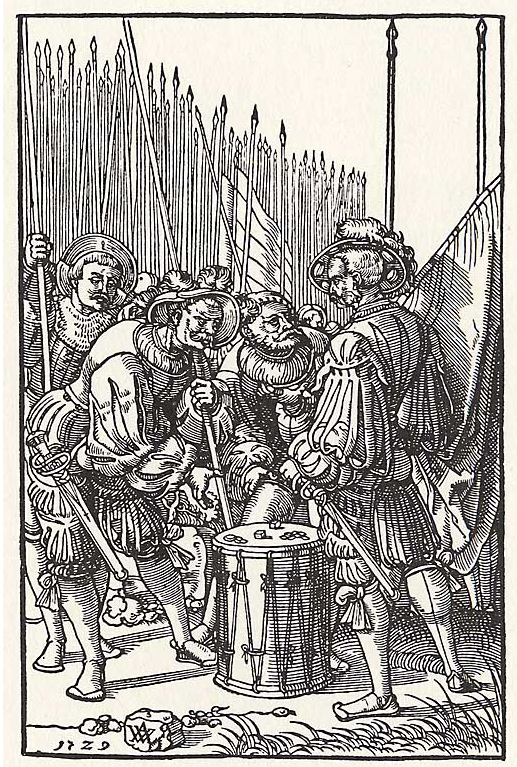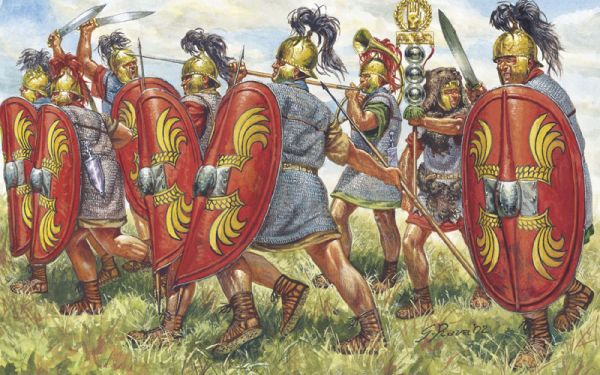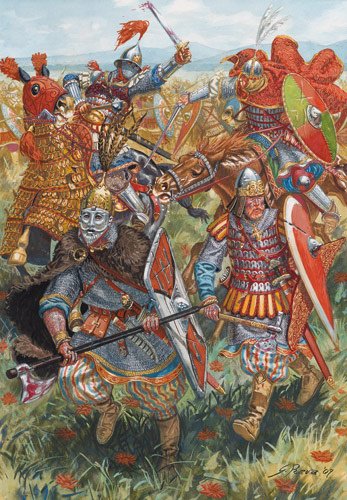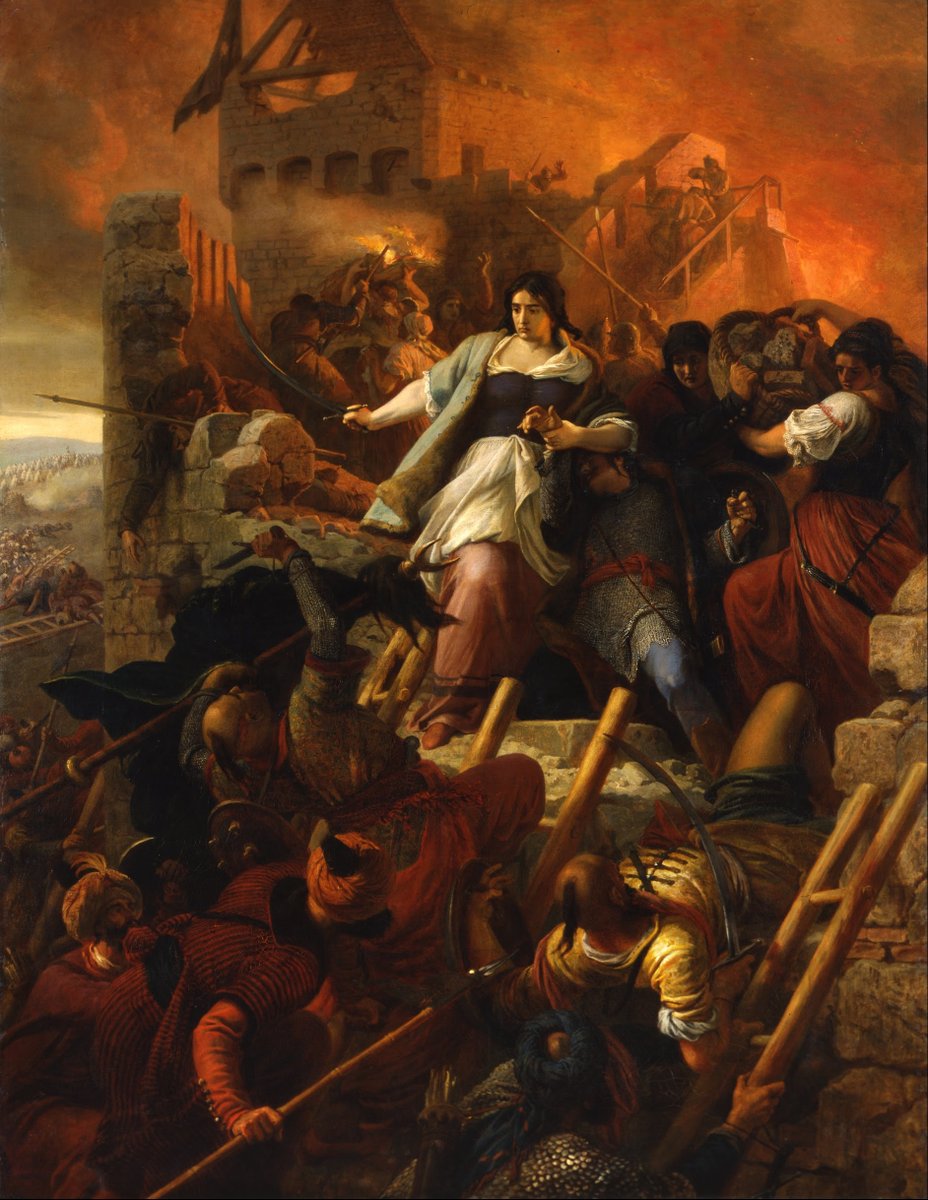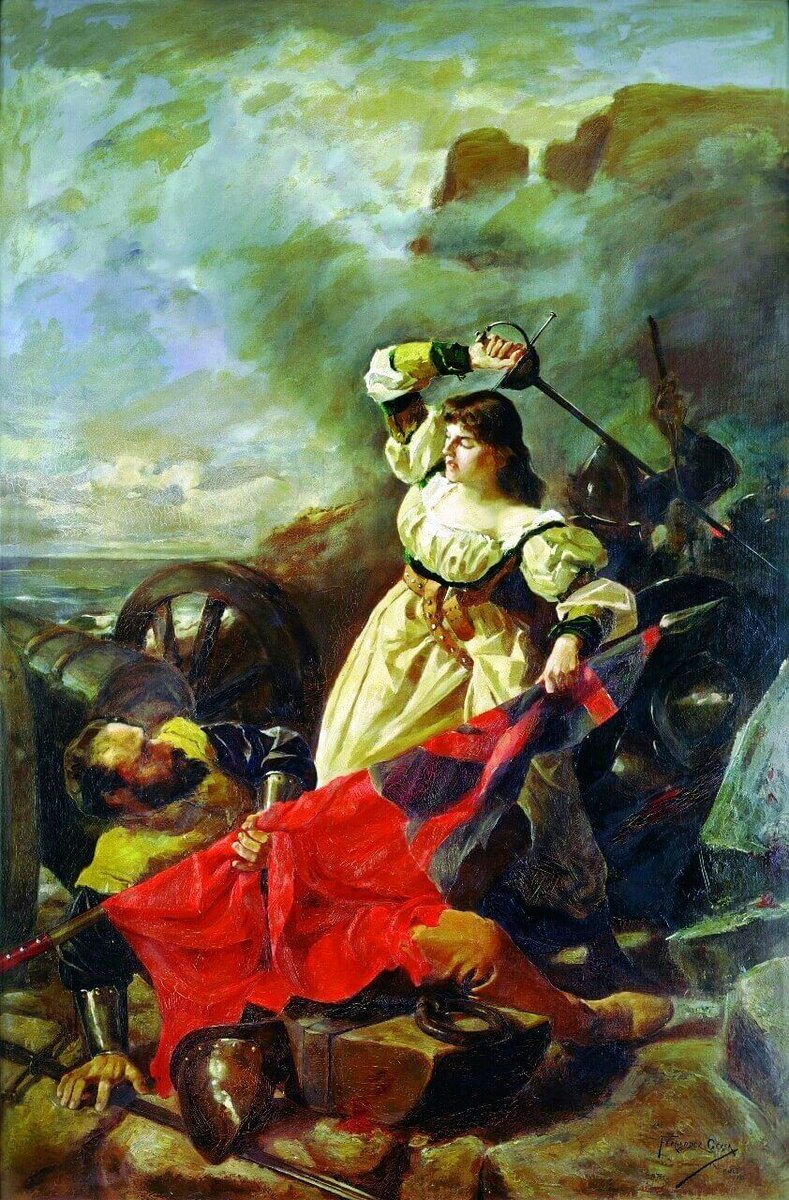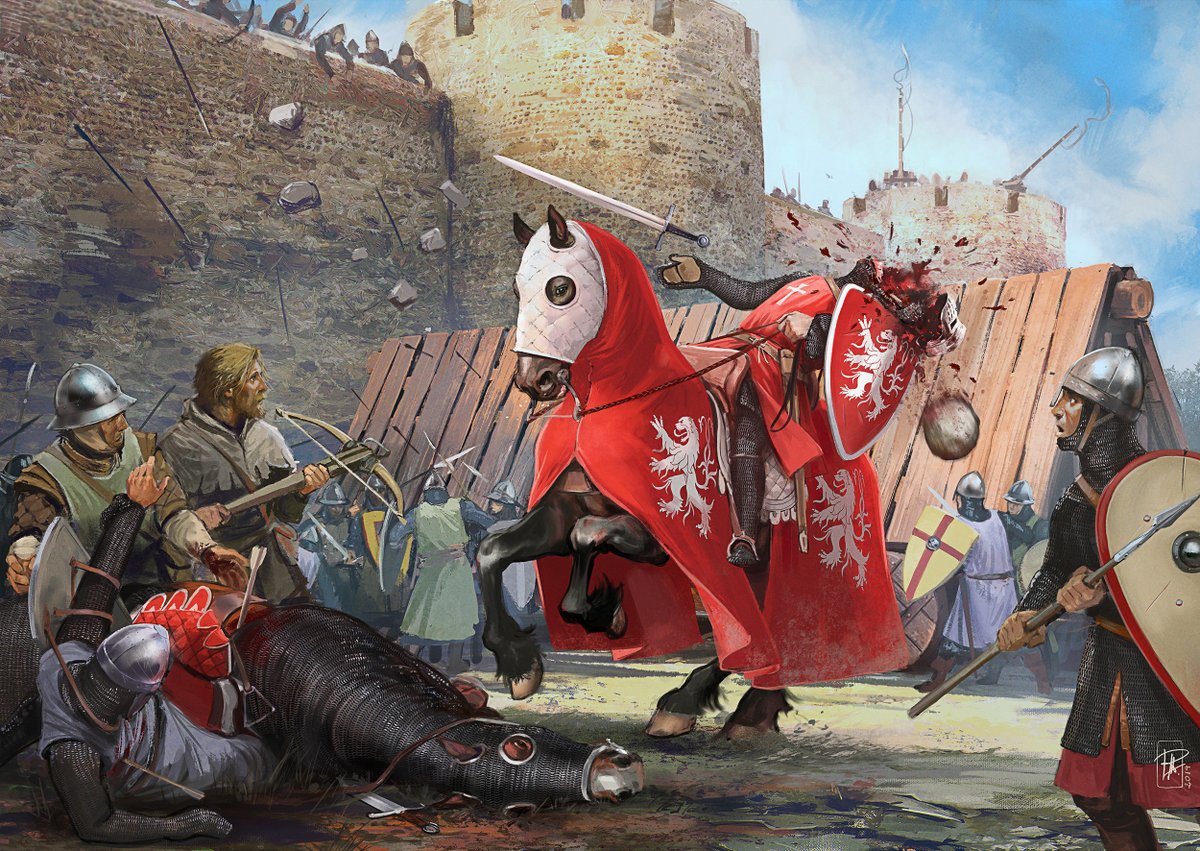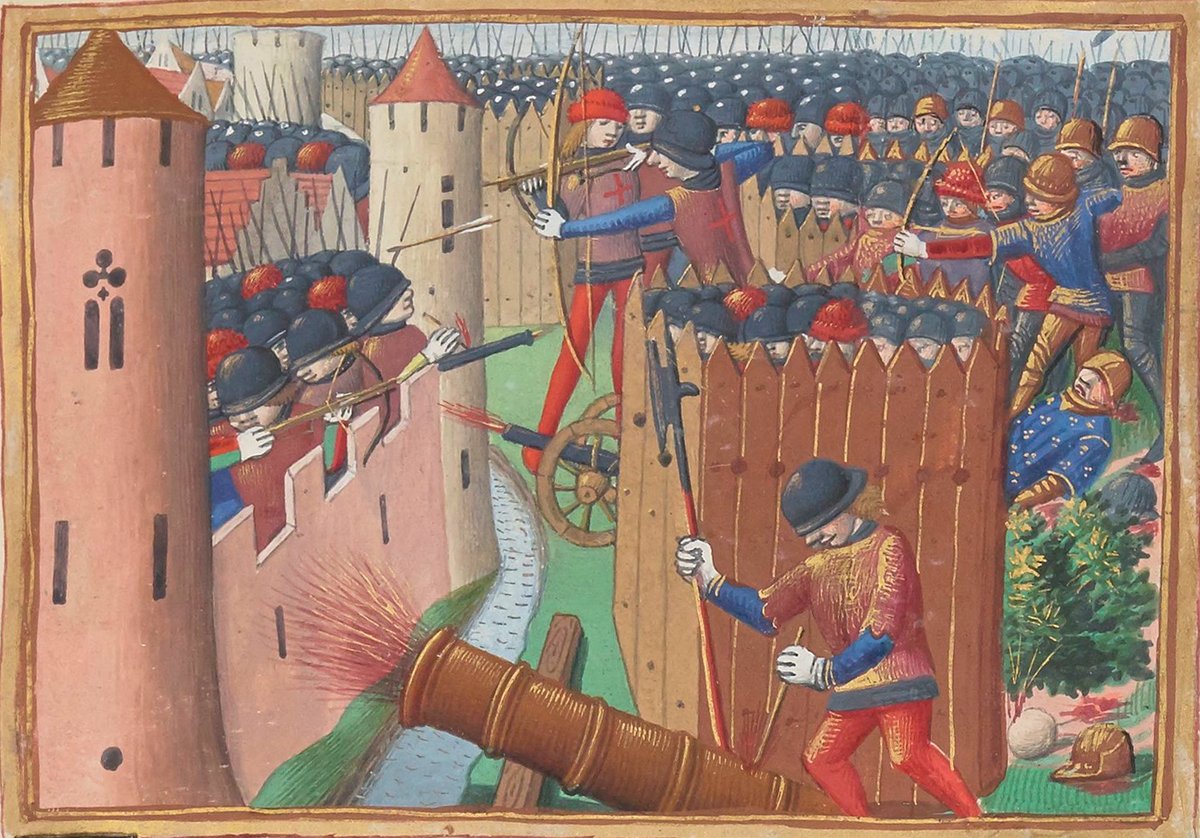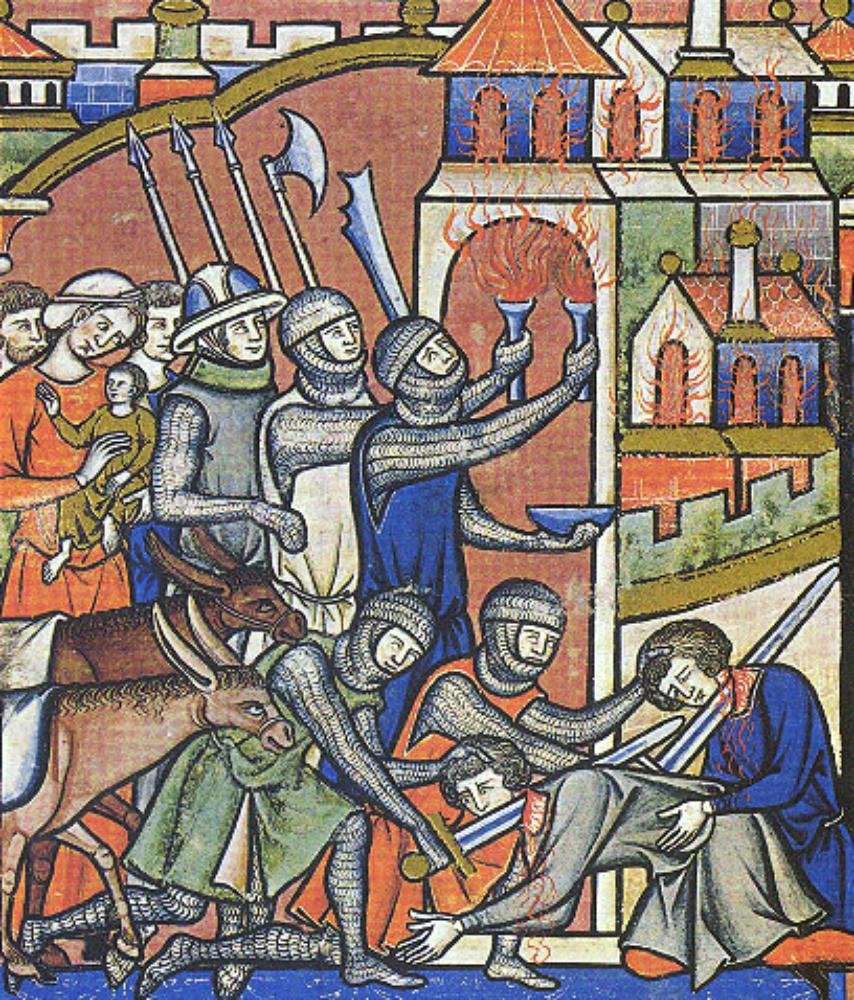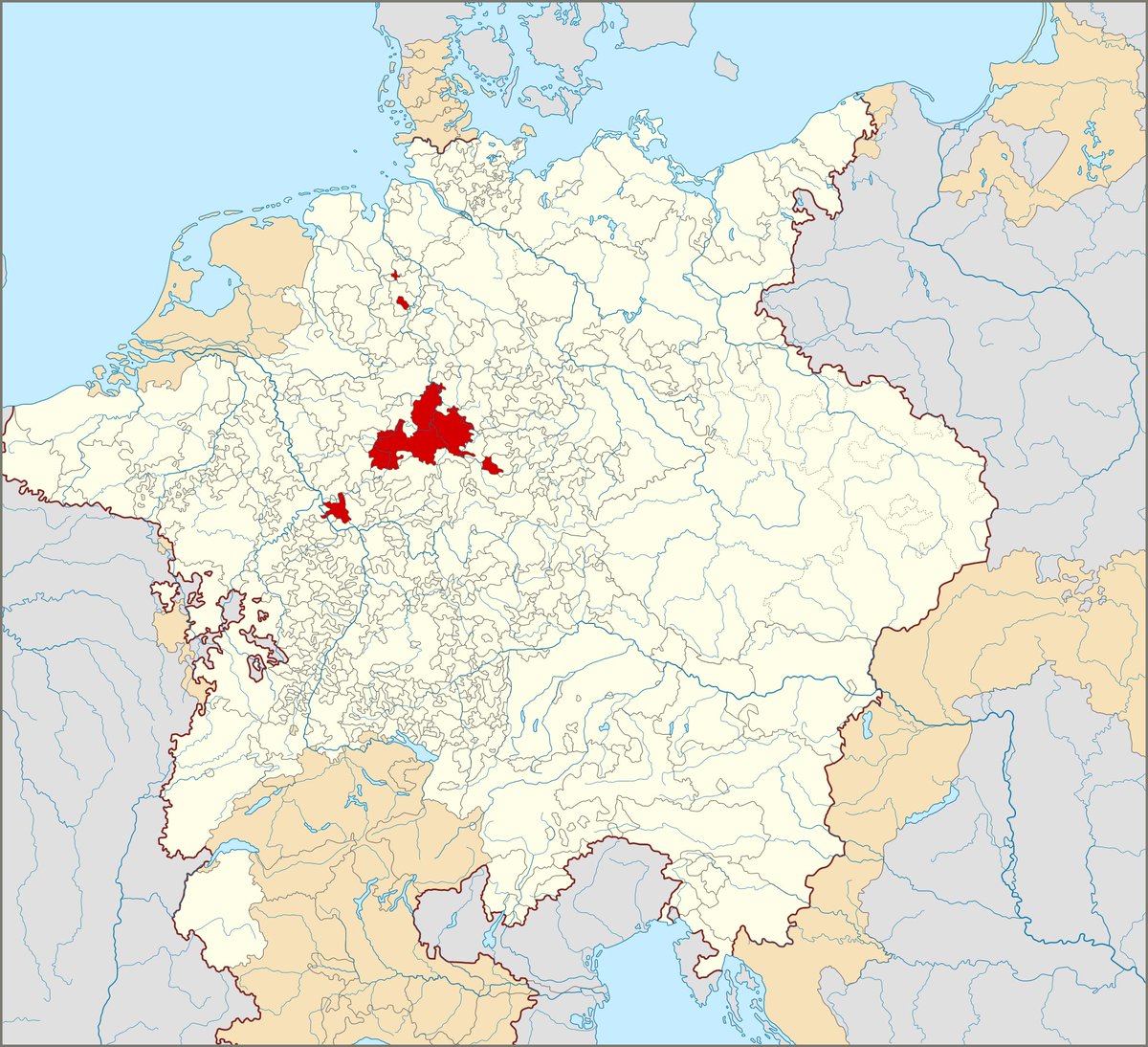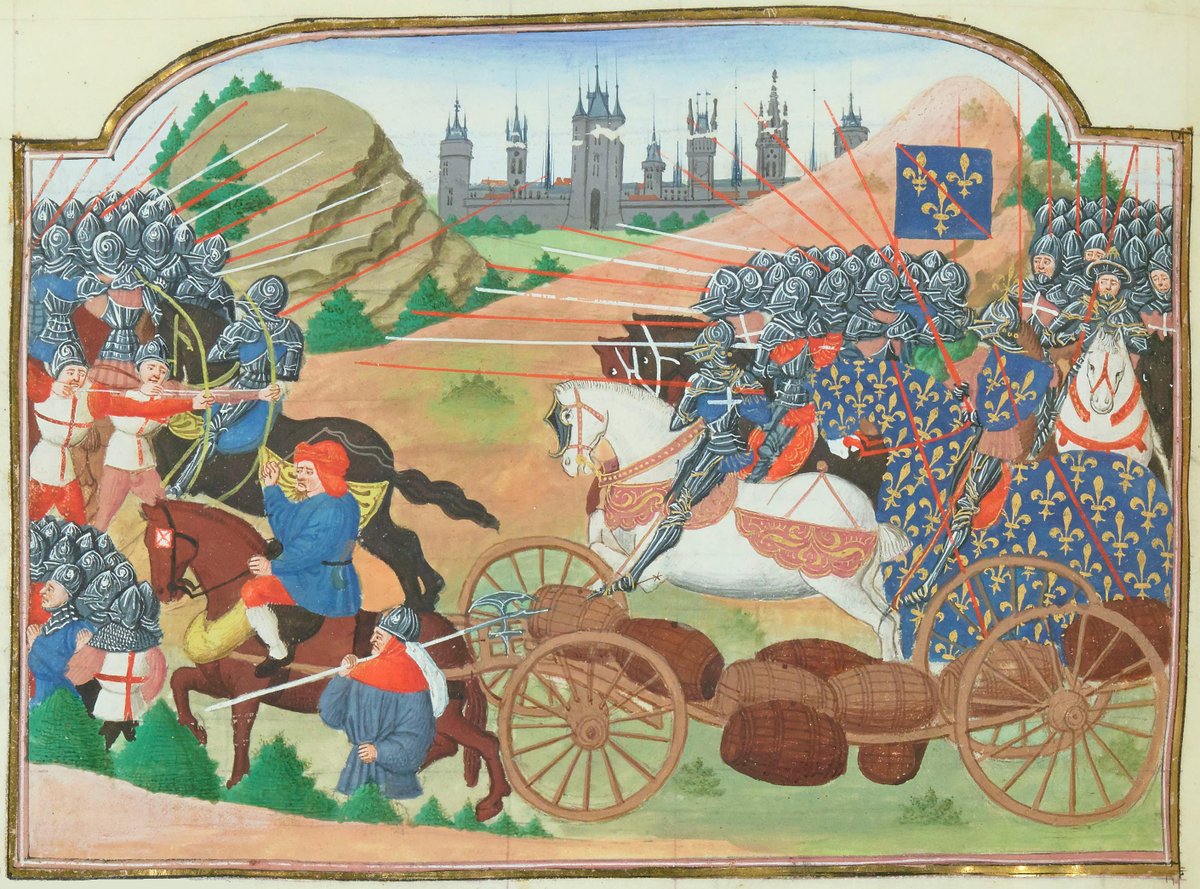
Today 4 March is the anniversary of the Battle of the Sit River where the Mongol Hordes of Batu Khan defeated the Rus under Grand Prince Yuri II of Vladimir-Suzdal in 1238 during Mongol invasion of Rus! Yuri II died a heroic death on the battlefield facing the much larger enemy! 
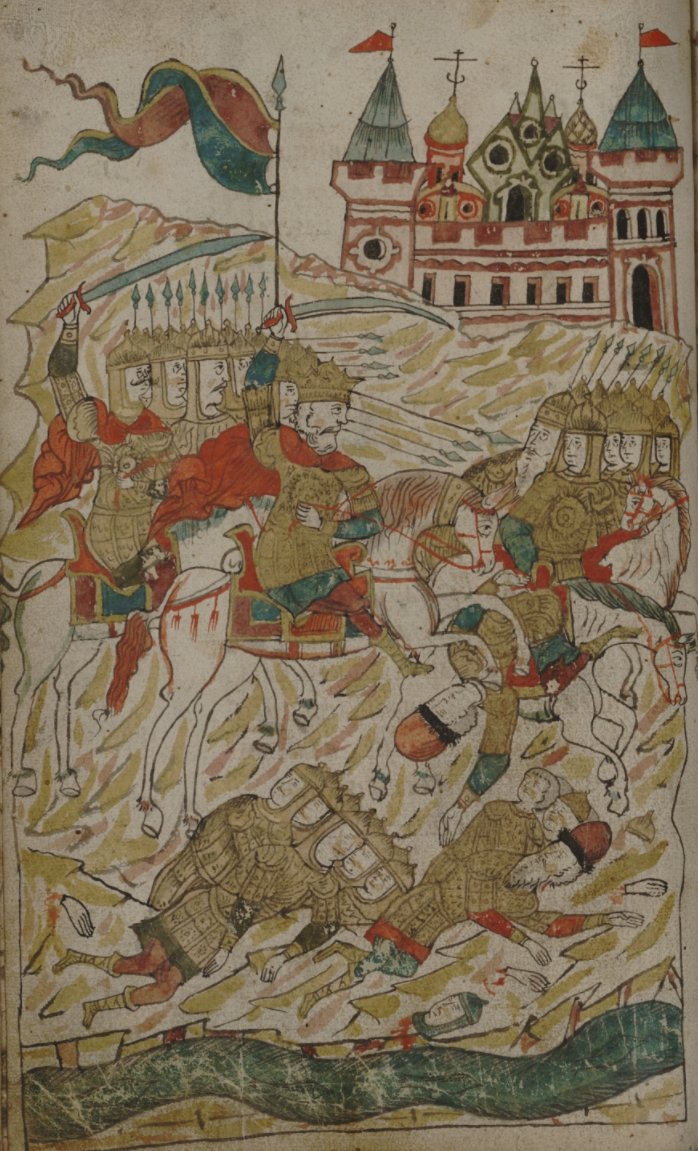
A year prior to that in November of 1237, the Grand Prince Yuri II treated the Mongol envoys who demanded his submission with disdain! Friar Julian of Hungary who wrote about this praised Yuri for that, writing down that "Glorious war is better than disgraceful peace"! 

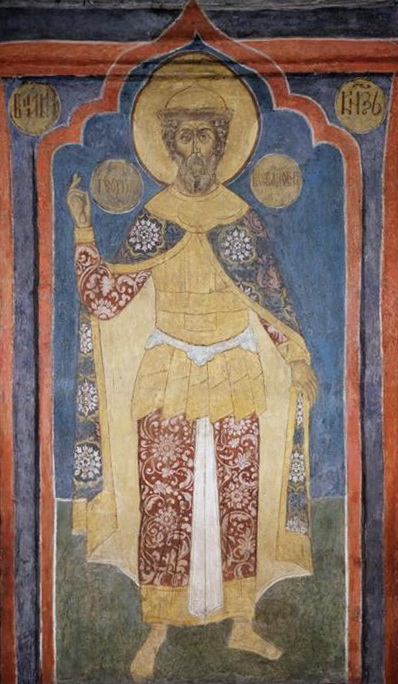
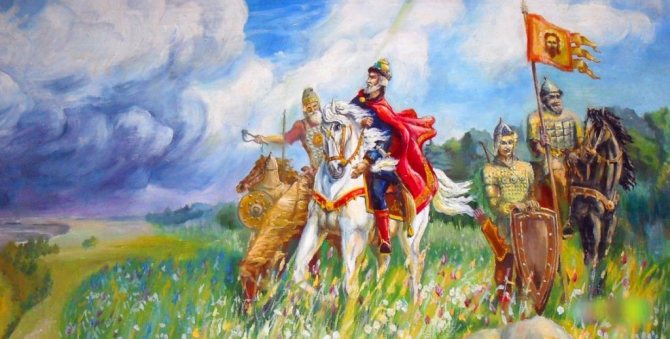
Friar Julian described the Mongol messengers as "evil bloodsuckers" and writes how a peace with them would be no good because "these godless men with their deceitful peace will cause great dismay to our lands, as they have already done much evil here"! 

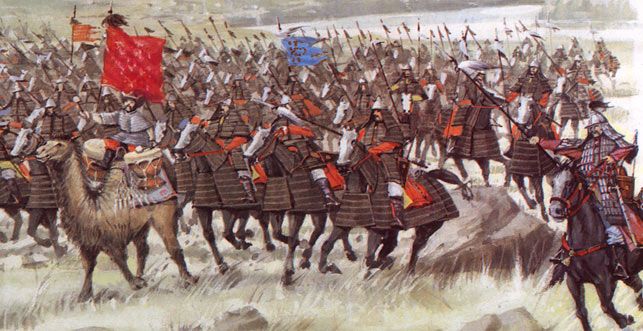
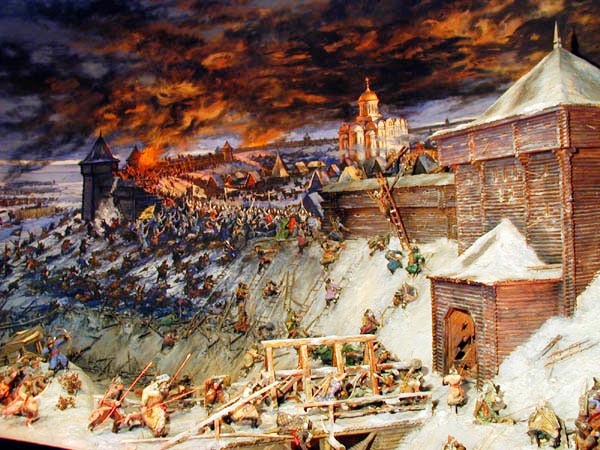
The Mongols invaded from several directions, sacking cities of Ryazan and Vladimir and defeating the army led by Yuri's sons. His wife died in fire during the siege of Vladimir. Finally, Yuri himself died on the battlefield in his one final attempt to stop the Mongol onslaught! 

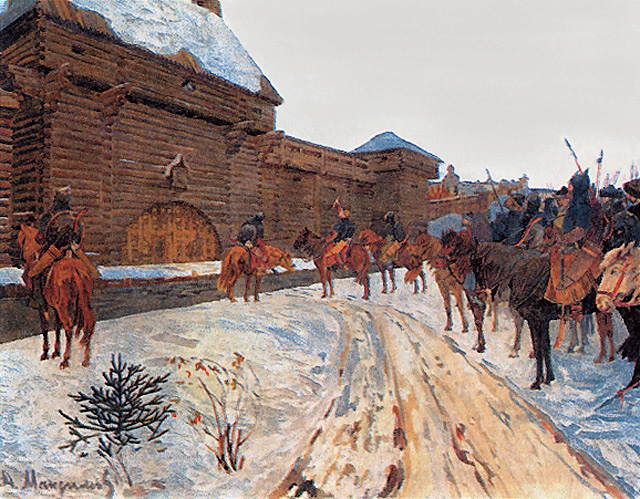
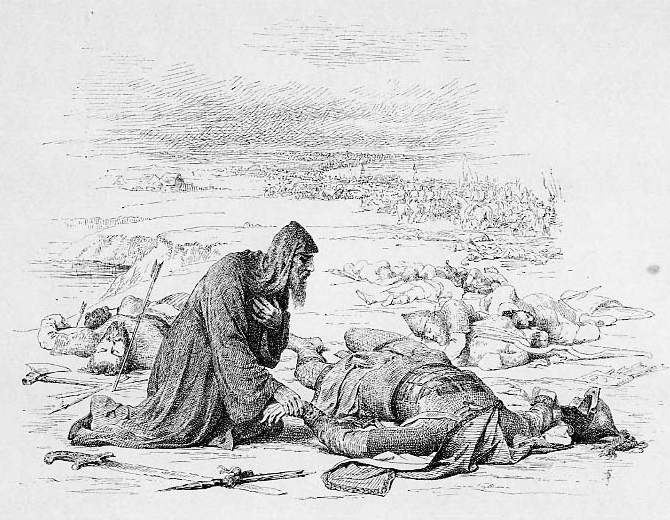
• • •
Missing some Tweet in this thread? You can try to
force a refresh



